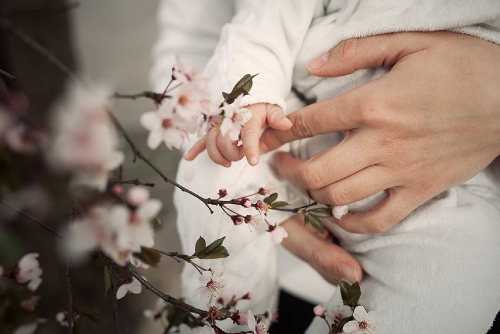
Birth months hold special significance for many people. From astrology signs to birthstones, each month has unique symbols that represent it. One charming tradition that often gets overlooked is the concept of birth flowers. Like birthstones, each month has a specific flower associated with it, carrying its own distinct meaning and symbolism.
Knowing your birth flower can be a delightful way to celebrate your birth month. It can also add a personal touch to gifts for loved ones. Imagine receiving a bouquet featuring your birth flower – it’s not only beautiful but also deeply meaningful. If anything, it’ll most likely make you want to keep your flowers fresh longer, seeing as their significance adds a special charm to your home. Plus, if you’re ever in need of a unique present, you can always consider incorporating birth flowers into a baby hamper in Singapore for a truly personalised touch.
Whether you’re looking to surprise someone with a thoughtful gift or just curious about the flower that represents you, this guide to birth flowers and their meanings will be enlightening.
January: Carnation
Carnations are the birth flower for January. These hardy flowers symbolise admiration, love, and distinction. Available in a variety of colours, each hue carries its own special message. For instance, a red carnation signifies deep love and affection, while a pink carnation is a symbol of a mother’s undying love.
February: Violet
The violet, February’s birth flower, is known for its delicate beauty and charming fragrance. Violets symbolise faithfulness, humility, and spiritual wisdom. They come in a range of colours, but the classic violet hue is the most cherished. These flowers make a lovely addition to any hamper in Singapore, adding a touch of elegance and thoughtfulness.
March: Daffodil
March’s birth flower is the cheerful daffodil, representing new beginnings, rebirth, and prosperity. These bright yellow flowers are one of the first signs of spring, making them a perfect symbol of renewal and hope. Gifting daffodils can convey a message of encouragement and positivity.
April: Daisy
Daisies, the birth flower for April, symbolise innocence, purity, and true love. Their simple, cheerful appearance makes them a favourite for many. Daisies are also associated with new beginnings, making them an excellent choice for celebrating milestones or new ventures.
May: Lily of the valley
May’s birth flower, the lily of the valley, is a delicate and fragrant bloom symbolising sweetness, humility, and the return of happiness. These flowers are often used in bridal bouquets and represent the pure, fresh beginnings of married life.
June: Rose
June’s birth flower, the rose, is perhaps the most famous of all flowers. Roses symbolise love, beauty, and passion. Each colour carries a different meaning: red roses for love, yellow for friendship, white for purity, and pink for admiration. Roses are a versatile flower that can fit any occasion, making them a staple in flower arrangements and hampers.
July: Larkspur
Larkspur is the birth flower for July, symbolising lightness and levity. These tall, graceful flowers come in a variety of colours, with each shade holding its own significance. For example, pink larkspurs represent fickleness, while white symbolises a happy-go-lucky nature.
August: Gladiolus
The gladiolus, August’s birth flower, represents strength, integrity, and infatuation. Named for their sword-like leaves, gladioli come in a rainbow of colours and make a striking addition to any bouquet. These flowers convey a message of moral character and remembrance.
September: Aster
Asters, the birth flower for September, symbolise love, wisdom, and faith. These star-shaped flowers come in various colours, with purple being the most common. Asters add a touch of elegance and refinement to any floral arrangement.
October: Marigold
October’s birth flower is the vibrant marigold, symbolising warmth, passion, and creativity. Marigolds are known for their bright orange and yellow hues and are often used in festive decorations. They convey a message of joy and a strong will to succeed.
November: Chrysanthemum
The chrysanthemum is November’s birth flower, representing friendship, joy, and longevity. These flowers come in a variety of shapes and colours, each with its own unique charm. In many cultures, chrysanthemums are also associated with happiness and well-being.
December: Holly
Holly, December’s birth flower, symbolises protection and defence. Known for its bright red berries and glossy green leaves, holly is often used in holiday decorations. It represents hope and resilience, making it a fitting flower for the festive season.
Conclusion
Birth flowers add a meaningful layer to gift-giving and personal celebrations. Whether it’s a bouquet for a loved one or an element in a baby hamper, knowing the symbolism behind each month’s flower can make your gesture all the more special. For those looking to incorporate these beautiful blooms into their gifts, Hilton Gifts is your go-to florist. As the leading local and online florist in Singapore, Hilton Gifts offers same-day flower and gift delivery services, ensuring your thoughtful surprises arrive on time. Make your gifts memorable and meaningful with Hilton Gifts, your trusted partner in celebrating life’s special moments.
